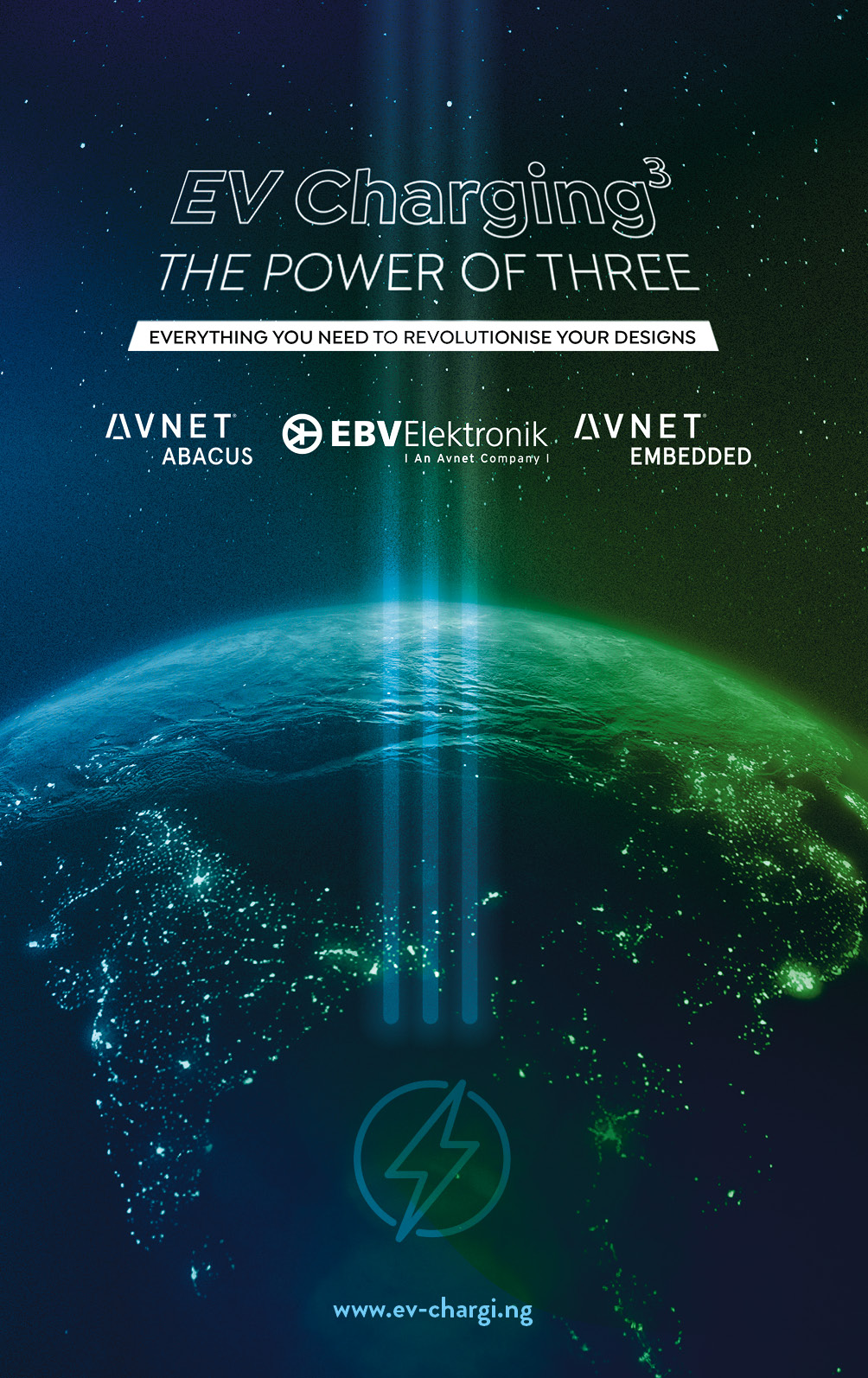Almost everyone drives a car; it is the cornerstone of private transport. So it is no wonder that cars are what many think of first when it comes to the topic of electromobility. But the electrification of transport goes much further – it starts with e-scooters and extends to aeroplanes and ships. As a result, all these applications place their own particular demands on charging technology.
Electromobility starts small: more and more people are using e-bikes, e-cargo bikes, e-kick scooters or larger e-scooters. Even these require charging infrastructure that meets their demands.
For example, swappable batteries can be exchanged at intelligent battery swapping stations.
One such example is Swobbee, the first Europe-wide cross-manufacturer swapping system for small electric vehicle batteries. It takes less than a minute to equip a vehicle with a freshly charged replaceable battery.
Ongineer is taking another approach: together with the e-scooter manufacturer Zeus, the company has launched the world’s first wireless charging station onto the market, where the e-scooter can be safely parked, charged and automatically locked at the nearest station at the end of the ride – thus incidentally also effectively solving the issue of chaotically parked e-scooters.
1,000 kilowatts for HGVs
Electromobility was long seen as not economically viable for long-haul HGVs, but megawatt charging will be opening up new possibilities from 2025.
The first global project in the field of megawatt charging is “Hochleistungs-Laden (high performance charging)”, HoLa for short. High-performance charging points with Megawatt Charging Systems (MCS), which have a charging capacity of almost 1,000 kilowatts, are being set up along the A2 motorway in Germany.
Vehicles – particularly those in long-haul transport – can easily cover ranges of 600 to 800 kilometres per day with this technology. The first battery-powered HGVs are already on the market or will be going into operation in the coming years.
Mobile charging stations for construction equipment
It is not only lorries that are going to be electrified; in the future, agricultural and construction equipment will also be emission-free. There is a unique issue here in that the job sites do not tend to have a charging station.
It is for this reason that Deutz has developed a mobile fast-charging station. It is housed within a robust 10-foot container and can easily be transported to where it is needed.
A mobile buffer battery with a fast-charging station enables a charging capacity of up to 150 kilowatts. This means that construction equipment or tractors can be quickly recharged during a lunch break.
Electric without overhead lines
The railways are also eager for emission-free trains. This is no problem for the routes with overhead lines, but there are numerous stretches which are not electrified.
These gaps can be overcome by the use of battery-powered traction units: these work by drawing power to charge the lithium-ion batteries from the overhead lines when the train is on an electrified route section.
When there is no external mains power, the trains use the energy from the charged batteries. Ranges of 60 to 90 kilometres are therefore currently possible. In order to increase this range, Stadtwerke Tübingen, together with Furrer+Frey, developed the world’s first fast-charging station for trains.
This station can charge battery-powered trains with outputs of up to 1.2 megawatts per train unit. What was so special about this triumph is that an electricity grid with a frequency of 16.7 hertz is used in the railway electrification system.
Yet the power electronics of a modern battery-powered train can also cope with a regular electricity grid which is normally 50 hertz, meaning the charging station can be directly connected to the grid on site.
Charging at anchor
The electrification of ships brings with it new demand for high-performance charging infrastructure.
There are as many solutions to this as there are applications for ships, and they vary from the use of autonomous telescopic charging via loader crane to manual charging stations.
These can be used to charge ferries such as the Norwegian ship Bastø Electric, the world’s largest purely electric ferry, which charges every time it comes to shore. The fast-charging system provides a charging capacity of nine megawatts.
In order to make longer distances possible, Maersk Supply Service has initiated the offshore ship charging project, Stillstrom.
This uses a charging buoy in an offshore wind farm which electric service vessels can use to charge overnight using green electricity.
Megawatt for air taxis
The aviation industry is also working on electric motors. The majority of electric aircraft are used for short haul flights. ABB E-mobility and Lilium, for example, are developing charging infrastructure for the regional high-speed flight network which Lilium will be launching from 2025.
The charging stations are designed so that the batteries can be fully charged in 30 minutes and in 15 minutes they can reach a charge of 80 per cent. This is another example of where the Megawatt Charging System is set to be used.



